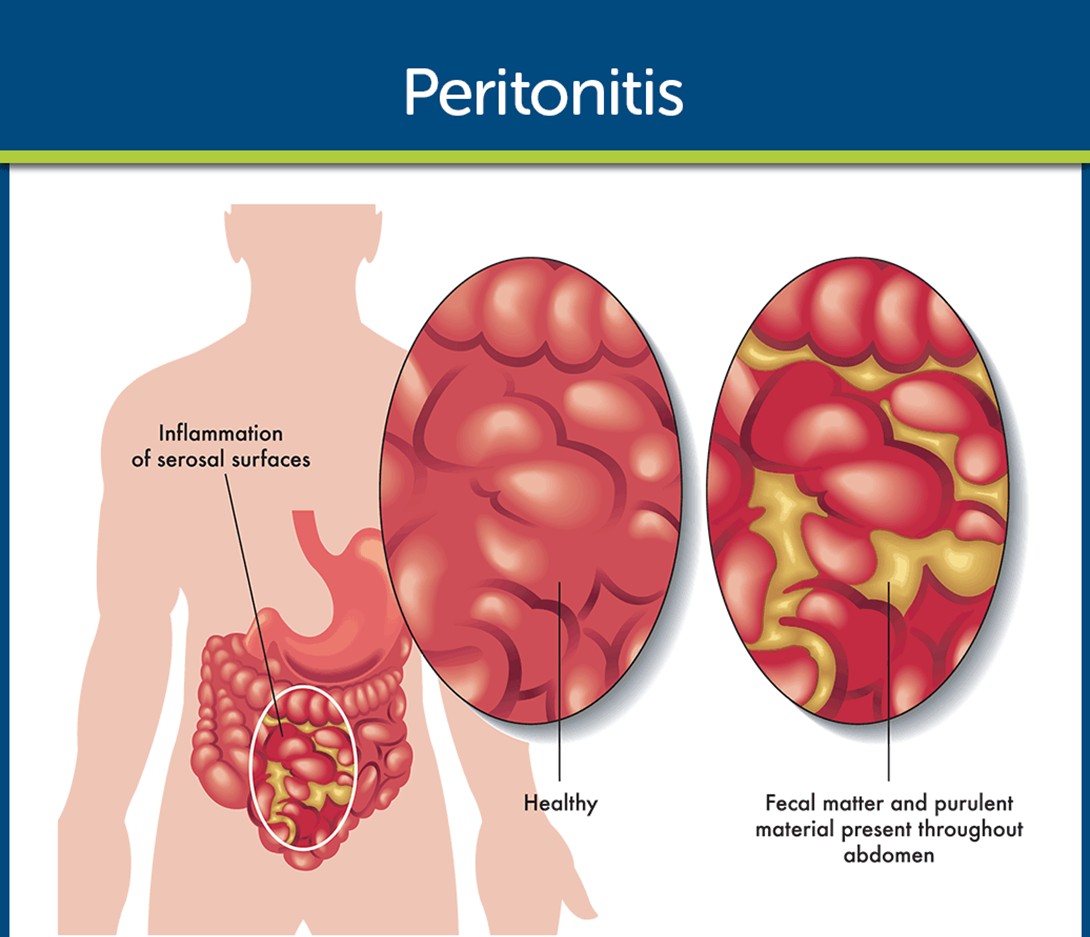A nurse is discussing early signs of hypervolemia with a patient admitted with congestive heart failure. Which signs should the nurse include in their teaching?
Increased thirst and dry mucous membranes
Low blood pressure and increased heart rate
Difficulty breathing and weight gain
Dry cough and poor skin turgor
The Correct Answer is C
Choice A reason: This is not a correct sign of hypervolemia. Increased thirst and dry mucous membranes are signs of dehydration or fluid volume deficit, which can occur due to excessive fluid loss or inadequate fluid intake.
Choice B reason: This is not a correct sign of hypervolemia. Low blood pressure and increased heart rate are signs of hypovolemic shock, which can occur due to severe fluid loss or hemorrhage.
Choice C reason: This is a correct sign of hypervolemia. Difficulty breathing and weight gain are signs of fluid overload, which can occur due to excessive fluid retention or impaired cardiac function. Difficulty breathing can be caused by pulmonary edema, which is the accumulation of fluid in the lungs. Weight gain can be caused by the increase in total body fluid.
Choice D reason: This is not a correct sign of hypervolemia. Dry cough and poor skin turgor are signs of dehydration or fluid volume deficit, which can occur due to excessive fluid loss or inadequate fluid intake.
Nursing Test Bank
Naxlex Comprehensive Predictor Exams
Related Questions
Correct Answer is C
Explanation
Choice A reason: Ulcerative colitis is not a complication of diverticulitis. Ulcerative colitis is a chronic inflammatory bowel disease that causes ulcers and inflammation in the colon and rectum. Diverticulitis is an acute condition that occurs when small pouches called diverticula in the colon become infected or inflamed.
Choice B reason: Dysphagia is not a complication of diverticulitis. Dysphagia is a term for difficulty swallowing, which can have many causes, such as stroke, nerve damage, or esophageal cancer. Diverticulitis affects the lower part of the digestive tract, not the upper part.
Choice C reason: Peritonitis is a complication of diverticulitis. Peritonitis is an inflammation of the peritoneum, the membrane that lines the abdominal cavity. It can be caused by a perforation or rupture of a diverticulum, which allows bacteria and fecal matter to enter the peritoneal space. Peritonitis is a serious and life-threatening condition that requires immediate medical attention.
Choice D reason: Crohn's disease is not a complication of diverticulitis. Crohn's disease is a chronic inflammatory bowel disease that can affect any part of the digestive tract, causing ulcers, fistulas, and strictures. Diverticulitis is an acute condition that affects only the colon, not the entire digestive tract.

Correct Answer is D
Explanation
Choice A reason: This statement does not suggest that further health education is necessary. The client is expressing a realistic concern about the cost of the medication, which may be expensive or not covered by insurance. The nurse should acknowledge the client's financial situation and provide information about possible assistance programs or alternative options.
Choice B reason: This statement does not suggest that further health education is necessary. The client is expressing a reasonable anxiety about the medication, which may have side effects or interactions that require monitoring. The nurse should reassure the client and explain the purpose and frequency of the blood tests, as well as the potential benefits and risks of the medication.
Choice C reason: This statement does not suggest that further health education is necessary. The client is expressing a sense of wonder or skepticism about the medication, which may be uncommon or novel for the treatment of obesity. The nurse should educate the client about how the medication works and what to expect from the treatment, as well as the evidence and research behind it.
Choice D reason: This statement suggests that further health education is necessary. The client is expressing a false or unrealistic expectation about the medication, which is not a magic pill or a substitute for lifestyle changes. The nurse should correct the client and emphasize the importance of following a healthy diet and exercise regimen, as well as the goals and limitations of the medication.
Whether you are a student looking to ace your exams or a practicing nurse seeking to enhance your expertise , our nursing education contents will empower you with the confidence and competence to make a difference in the lives of patients and become a respected leader in the healthcare field.
Visit Naxlex, invest in your future and unlock endless possibilities with our unparalleled nursing education contents today
Report Wrong Answer on the Current Question
Do you disagree with the answer? If yes, what is your expected answer? Explain.
Kindly be descriptive with the issue you are facing.
